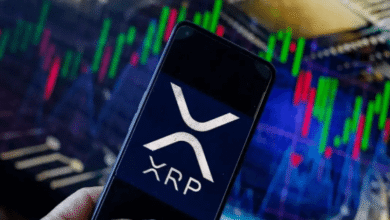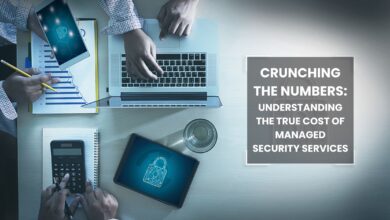
Due to the rising money laundering concerns, businesses have been incorporating enhanced screening modules to track entities involved in risky activities. For this reason, 43% of individuals between the ages of 18 and 34 believed that identity authentication is an essential screening process. These screening measures protect businesses from engaging with entities involved in financial crimes. Name screening in AML measures prompts businesses to scan customers’ names against PEP, watchlists, and sanction databases. This blog aims to tackle the critical aspects related to name screening measures and their influence on anti-money laundering regulations.
The Scope of Name Screening in AML – An Introduction
Name screening is the process of searching the customer’s presence in international and officially-recognized databases. The identity examiners stress the implementation of these examination modules as they ensure a detailed analysis of all the high profile names against multiple AML databases.
AML Name screening acts as an effective fraud-preventive measure as it enables businesses to cross-reference the customer’s transactional activities against their names. This extracts all the unauthorized activities that the imposters were previously involved in.
A Guide to an Extensive AML Name Screening Workflow
The anti-money laundering regulatory bodies have established a database that includes the names of all the entities that were ever found guilty of money laundering and related financial criminal activities. Therefore, an emphasis on name screening in AML process is crucial to understanding its workflow. Here is the guide to an effective name-screening process:
| Name Screening Process Step 1: Data AcquisitionTo extract credible results from the name screening process, it is necessary to accumulate all the necessary data about the suspects prior to the identification process. Step 2: Data Organization In this step, the data is cleaned and standardized in order to subtract the duplicates and errors in the databases. Step 3: Name Screening Next, the suspects are screened against multiple politically exposed lists, watchlists, and sanction lists. It is advised to use automated screening channels that are professionally annotated to reduce the occurrence of false positives and negatives. Step 4: Result Analyzation Once the screening is done, it is necessary to analyze the results in order to ensure the identification of only those entities whose identities align with the ill business practices. |
Regulatory Sources Commonly Used for Name Screening Process
There are various recognized lists against which the name screening in AML is stressed. Some of the most reliable data sources are discussed below:
- One of the most prominent sources is the sanction lists, as they integrate the list of all those entities that are restricted or sanctioned due to their association with illicit practices.
- Another significant name screening source comes in the form of politically exposed persons (PEP) lists. These lists accumulate the list of influential and politically activated entities that are likely to be involved in unauthorized transaction activities.
- Similar to sanction lists, watchlists are supposed to store the names of all those entities that pose a risk to money laundering and related scams.
Use Case Scenarios of Anti-Money Laundering Name Screening Tools
Name screening in AML plays an effective role in regulating economic stability as it ensures the protection of many businesses from money laundering practices. The incorporation of these monitoring modules in regular business operations ensures compliance with the official anti-money laundering and KYC modules. Additionally, the cross-referencing of suspect’s names against several database sources mitigates the probability of probable financial scams and crimes.
Read more: ONLINE ACCOUNTING SERVICES FOR SMALL BUSINESS Bookkeeping services for homebuilders
Challenges Faced by the Name Screening Examiners
The large volume of unauthorized entities and their names complicate the screening process due to repetitive and unnecessary information. Additionally, the diversity of languages and regions overcomplicates the identification of exact entities. Additionally, the presence of similar-name entities reduces the credibility and reliability of the extracted results. Therefore, a streamlined name screening module is crucial to ensure effective monitoring results.
Strategies to Ensure Credible Name Screening in Banking
The authenticity of name screening in AML measures relies on the utilization of effective and professional screening technologies. Businesses need to ensure that they are accumulating customer information from reliable and credible sources so that only illicit entities are recognized during the extensive name-screening procedures.
Additionally, customers are required to be screened against risk-based matrices. This ensures that all their transactional and financial information is tracked accurately during the screening modules.
Concluding Remarks
Name screening in AML is necessary to build a risk-free business environment. These measures ensure the identification of high profile entities in real time. The incorporation of automated name screening modules allows businesses to detect the suspect’s names against several recognized sources, mainly politically exposed persons, sanctions, and watchlists.
Therefore, businesses are required to undergo an extensive evaluation process before onboarding the customers. This stimulates the identification of unauthorized individuals because all the illegal operations are effectively disclosed during the automated name and identity screening operations.




